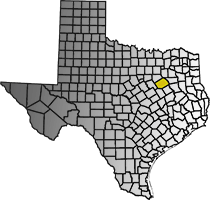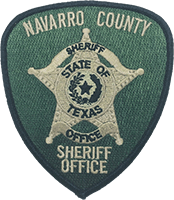Wildfire Education and Prevention
07/20/2023
Careless debris burning is the #1 cause of wildfires in Texas. But what is debris burning? Debris burning refers to the practice of intentionally burning vegetation or waste materials, such as fallen branches, leaves, or other organic matter, in outdoor settings. Debris burning can be a common method for waste disposal or land management, especially in rural areas. However, when debris burning is not properly controlled or monitored, it can lead to wildfires. Here's how debris burning can cause wildfires:
Spread of Embers: Embers or burning fragments from the debris fire can be carried by the wind over long distances. If these embers land on dry vegetation, they can ignite and start new fires. This is particularly dangerous during periods of dry and windy conditions, as the fire can quickly spread.
Escape of Fire: Inadequate containment measures or careless handling of the debris fire can result in the fire escaping its intended area. Once the fire spreads beyond the designated burning site, it can ignite nearby vegetation, leading to an uncontrolled wildfire.
Ignition of Surrounding Fuel: Debris burning is often conducted in areas surrounded by dry vegetation, such as forests or grasslands. If the fire is not properly managed and safety precautions are not followed, the flames can easily ignite the nearby vegetation, causing a wildfire to ignite and rapidly spread.
Lack of Control: Controlling the intensity and spread of a debris fire requires careful monitoring, regular patrolling, and sufficient firefighting resources. Inadequate supervision or neglecting to extinguish the fire completely can allow it to rekindle and escape, potentially leading to a wildfire.
To prevent debris burning from causing wildfires, it is important to follow local regulations and guidelines for outdoor burning. These regulations may include restrictions on burning during dry or windy conditions, requirements for obtaining burn permits, and guidelines for proper containment and supervision of debris fires. It is crucial to prioritize safety, be aware of weather conditions, and take appropriate precautions to minimize the risk of accidental wildfires.

